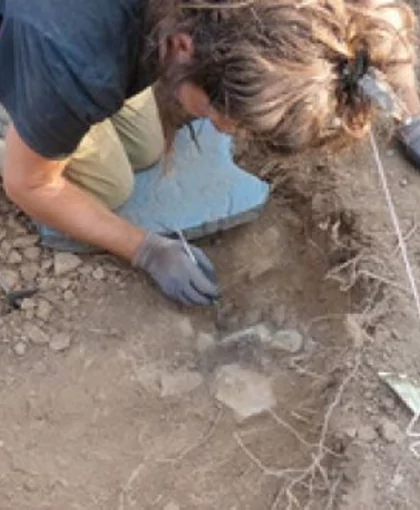Résumé
L’archéologie protohistorique peine à expliciter la complexité des relations entre les sociétés humaines et les animaux. Cette recherche a pour objectif de mieux cerner la place qu’occupait cet animal au sein des conceptions artistiques, symboliques voire des croyances des sociétés de la Protohistoire dans l’ensemble de l’Europe. Pour ce faire, elle réunit un corpus de 1010 représentations d’oiseaux pour l’âge du Bronze et l’âge du Fer pour un ensemble de 943 objets. La méthode élaborée dans le cadre de cette thèse a pour ambition de comprendre à quelles conceptions mentales renvoyait cet animal et pourquoi il a suscité un tel intérêt au travers des différentes cultures protohistoriques. Elle comprend une analyse statistique, cartographique et chronologique des thèmes iconographiques et des supports de représentation, une identification ornithologique des espèces représentées, ainsi qu’une approche par mythologie comparée des thèmes évoqués. Cette étude s’est également efforcée de réviser l’analyse artistique des productions protohistoriques et de revenir sur la notion de naturalisme et d’art naturaliste, en les abordant du point de vue de la biologie animale et de l’éthologie. Par cette approche pluridisciplinaire, il s’agit de mettre en avant l’impact du comportement animalier sur les croyances des sociétés humaines. Ainsi, cette étude a mis en évidence le rôle et la place prépondérante occupée par les oiseaux au sein des sociétés protohistoriques grâce à leurs particularités physiques ou comportementales qui confèrent aux objets sur lesquels ils sont figurés une charge symbolique spécifique qu’il s’agit de décoder.
Summary
Protohistoric archaeology struggles to depict the complexity of the relationship between human societies and animals. The study of artistic productions allows us to approach these relationships. Humans chose to represent a very limited bestiary on their objects, and the bird holds a very special place in this. The aim of this research is to identify the place of this animal within the artistic, symbolic and even religious conceptions of Protohistoric societies throughout Europe. To this end, this study brings together a corpus of 1010 representations of birds for the Bronze Age and the Iron Age. The method developed in this thesis aims to interpret what mental conceptions the birds referred to and to explain such an interest throughout the different protohistoric cultures. It includes a statistical, cartographic and chronological analysis of the iconographic themes and media of representation, an ornithological identification of the species represented, as well as a comparative mythological approach. This study also attempts to examine the artistic analysis of protohistoric productions and to revisit the notion of naturalism and naturalist art, by approaching them from the point of view of animal biology and ethology. The multidisciplinary approach clarifies the impact of animal behaviour on the beliefs of human societies. The results of this research emphasize the role and the predominant place of birds within protohistoric societies. Their physical or behavioural particularities, which confer on the objects on which they are depicted, a specific symbolic charge needs to be decoded.
- Jury composé de :
M. Jacques CUISIN – Ingénieur de recherche, délégué à la conservation/restauration des collections du MNHN - examinateur
Mme Nathalie GINOUX – Professeure des Universités - Sorbonne Université, Faculté des Lettres - directrice de thèse
M. José GOMEZ DE SOTO – Directeur de recherche émérite au CNRS, laboratoire Archéosciences - rapporteur
M. Christoph HUTH – Professeur des Universités, Université de Fribourg-en-Brisgau - examinateur
M. Eugène WARMEMBOL – Professeur des Universités, Université libre de Bruxelles - rapporteur
M. Stefan WIRTH – Professeur des Universités - Université de Bourgogne - examinate

